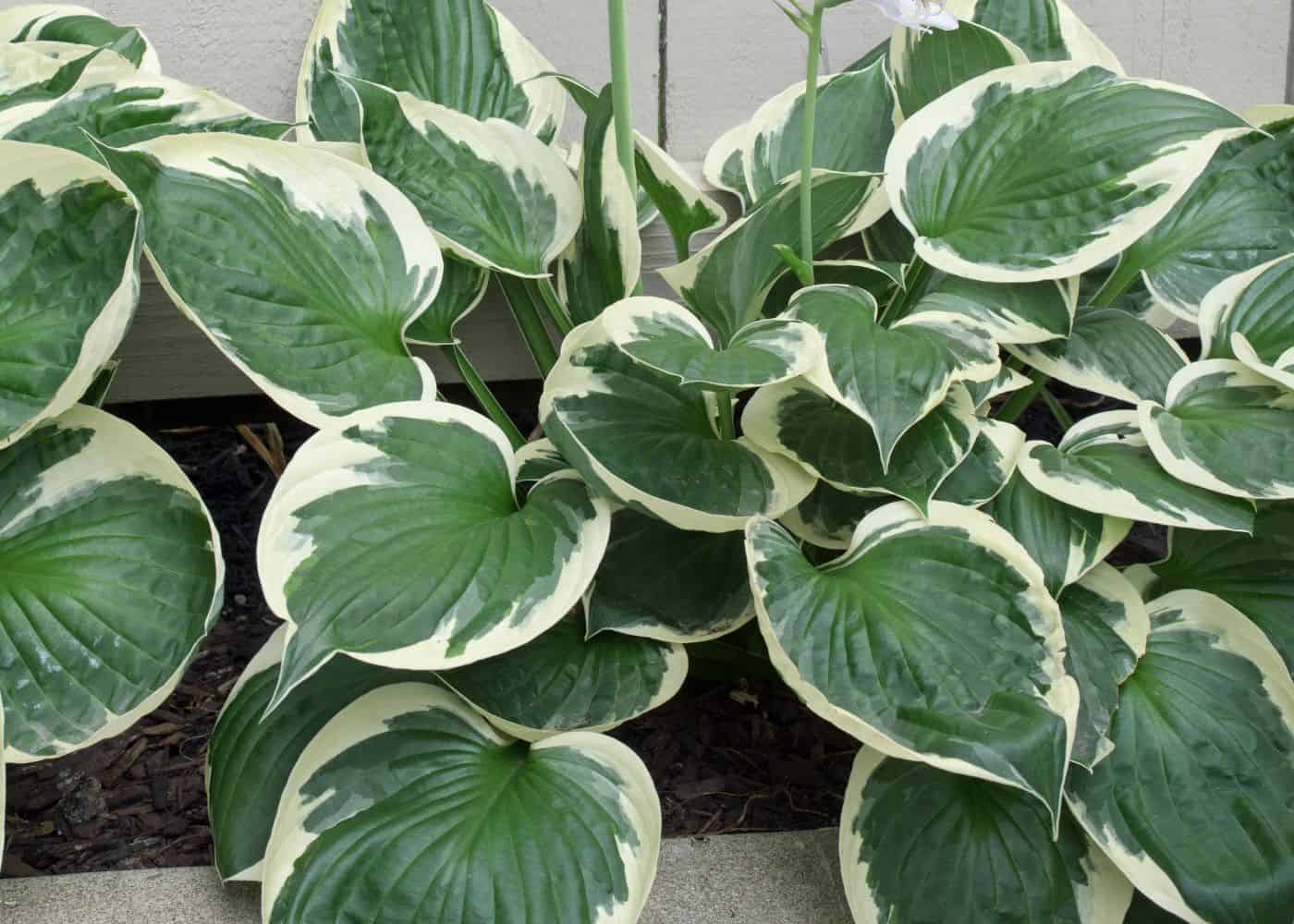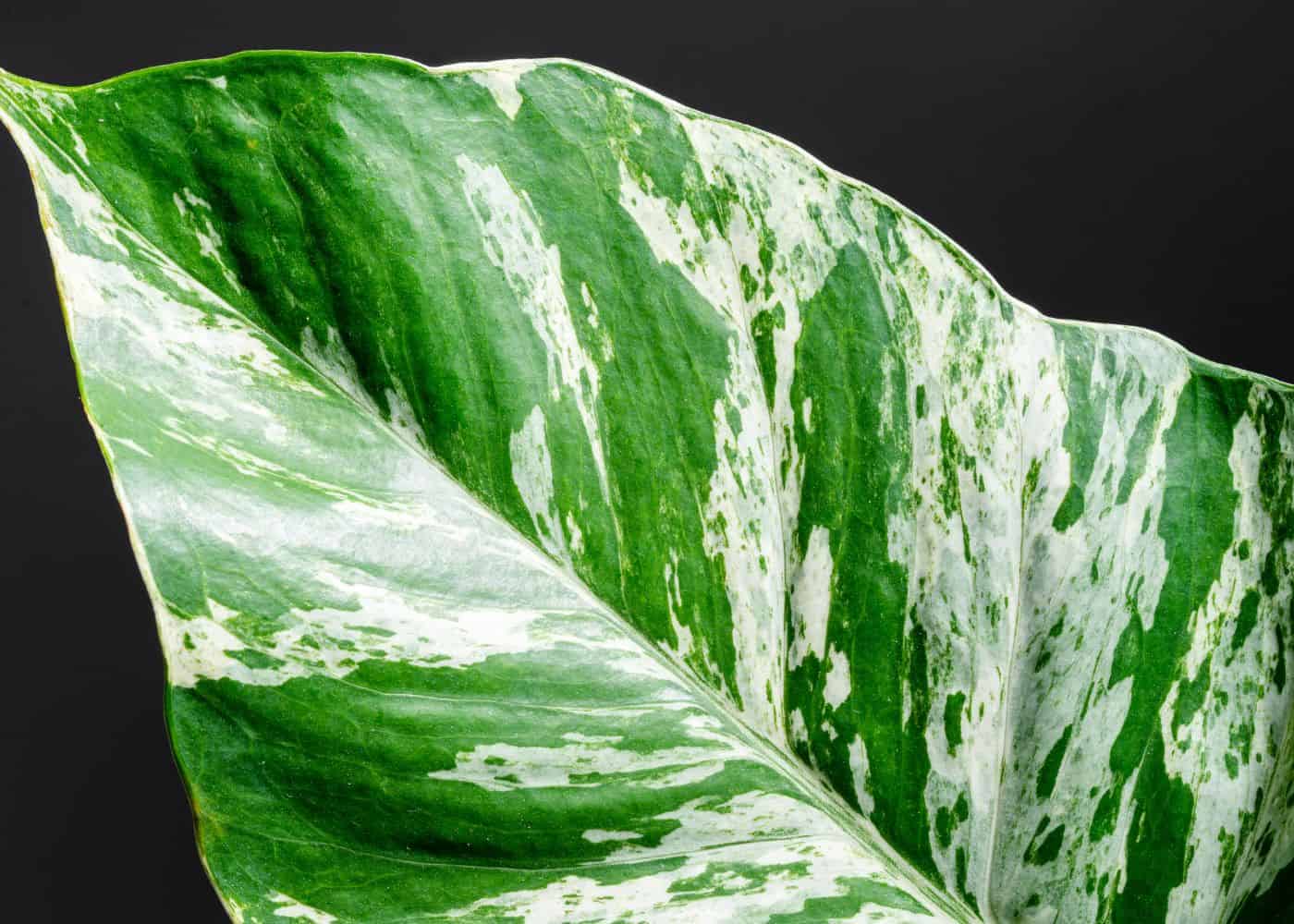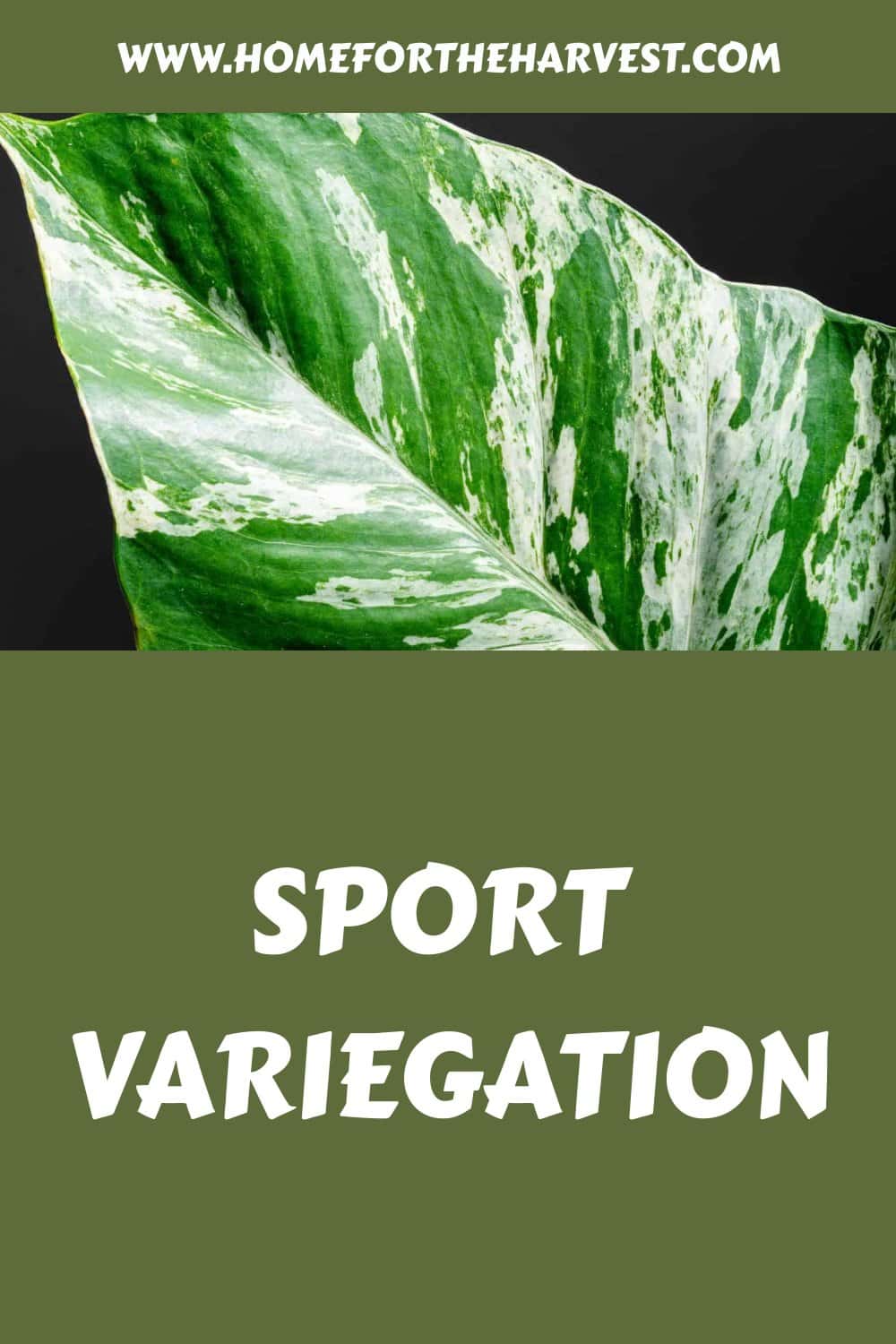Wondering about sport variegation in plants? This fantastic phenomenon has given rise to some of the most sought-after cultivars of foliage plants.
Sport variegation is when part of a plant develops color differences due to genetic mutation. Sport variegation happens by chance and can be discovered on existing plants. The part of the plant with the morphological variation can be propagated by rooting a cutting. Variegation can be unstable and may revert to its original form. Propagation of variegated sports is popular with hostas, monsteras, pothos, and philodendrons (among other foliage ornamentals).
Read on to learn all about sport variegation in plants!

Sport variegation basics
Sport variegation is a naturally occurring phenomenon in plants. It’s caused by a genetic mutation that results in color variation in part of the plant. Sport variegation is sometimes called “jumping genes” by plant enthusiasts. This is a spontaneous natural occurrence rather than human-controlled breeding through hybridization. The mutated tissue can be propagated by taking a cutting and rooting it.
Variegation in sports is usually unstable, meaning it may revert to the original form. This often happens when the plant is under stress, such as from too much sun or insufficient water. Some types of plants are more prone to reversion than others.
Some of the most popular sport variegated plants are:
- Monstera
- Hosta
- Philodendron
How does sport variegation happen?
The sport variegation phenomenon is thought to be caused by a mutation in the plant’s chloroplast genes. Chloroplasts are organelles in plant cells that are responsible for photosynthesis.
The mutation affects the chloroplasts’ ability to produce chlorophyll, which gives plant foliage its typical green color. This leads to a loss of pigmentation in the leaves, resulting in the sport variegation pattern.
Usually, the plant has a morphological difference in only one branch or defined area. The “mother plant” tends to retain expected qualities while the “sport” is the portion of the plant that exhibits morphological differences. When left growing together, the plant is an example of genetic mosaicism. This means that while the plant is a single specimen, it contains two distinct genetic lines due to naturally-occurring mutations.

What are some popular sport variegated plants?
The most common plants for sport variegation are Monstera, Hosta, Pothos, and Philodendron. Here are some popular examples from each species.
Sport variegated monsteras
Monstera, also known as Swiss cheese plant, is a popular sport variegated plant. The leaves have large holes or fenestrations that give the plant its nickname. There are several common types of monsters in cultivation as houseplants.
Here are some popular sport variegated monsteras:
- Monstera deliciosa ‘Albo Borsigiana’
- Monstera deliciosa variegata ‘Sport Green’
Sport variegated hostas
Hosta is a type of sport variegated plant that’s commonly used as a groundcover or in shady areas of the garden. There are thousands of different sport variegated hosta cultivars, but here are some of the most common:
- Hosta ‘Patriot’ (sport of H. ‘Francee’)
- Hosta ‘Fire and Ice’ (sport of H. ‘Patriot’)
- Hosta ‘White Feather’ (sport of H. ‘Undulata’)
- Hosta ‘Big Daddy’ (sport of H. ‘Robusta’ seedling)
- Hosta ‘Fortunei Albomarginata’ (sport of ‘Fortunei’)
Sport variegated pothos cultivars
Pothos is a popular tropical with many different cultivars. Here are some sport variegated cultivars to check out:
- Epipremnum ‘Marble Queen’
- Epipremnum ‘Jessenia’
- Epipremnum ‘Pearls and Jade’
- Epipremnum ‘Global Green’
Sport variegated philodendrons
Philodendron is a popular houseplant with sport variegated cultivars. There are many different philodendron cultivars, but some of the most popular sport variegated types are:
- Philodendron ‘Brasil’
- Philodendron ‘Rio’
- Philodendron ‘Silver Stripe’
- Philodendron ‘Cream Splash’
- Philodendron ‘Gabby’
How to propagate sport variegated plants?
Sport variegated plants can only be propagated by vegetative propagation. Seeds from these plants will not necessarily “breed true” and have the same variegation as the parents. Since the sport usually begins as a small part of a single plant, it is usually first propagated by taking a cutting.
Once the plant has been successfully propagated, it can usually be divided by root division for quicker propagation. Environmental stressors can result in the reversion of the mutation to the expected pre-sport leaf coloration.
To avoid this, sport variegated plants should be propagated in well-lit areas with high humidity and given adequate water. They should also be protected from too much sun, which can scorch the leaves.
Other types of sports in plants
There are other types of sports beyond variegation, including the shape/texture of the leaves, the flowers/fruit, or the stem/branch structure of the plant. For instance, the sports of fruit trees are often propagated if the branch has noticeably larger or more delicious fruits. Dwarf plants can sometimes sprout a regular-sized branch as these mutations are not always stable, and the form can revert to its natural growth pattern without warning.
So, there you have it! All you need to know about sport variegation in plants. Be sure to check out some of the popular sport-variegated cultivars next time you’re at your local nursery or garden center. Who knows, you may just find your new favorite plant!






